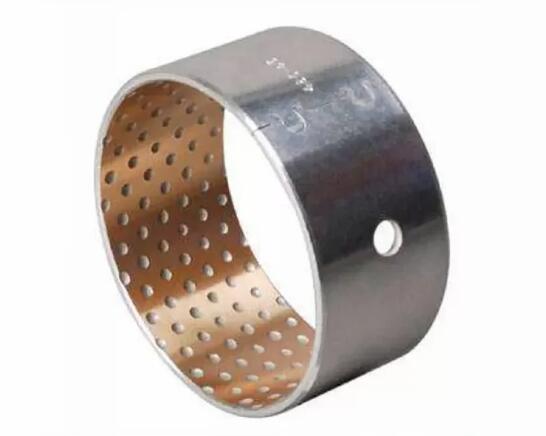The application process for applying anti-erosion coatings to low carbon steel bearings
2023-10-17
The application process for applying anti-erosion coatings to low carbon steel bearings involves several steps to ensure proper adhesion and coverage. Here's a general overview of the process:
1. Surface Preparation:
- The first step is to prepare the surface of the low carbon steel bearings. This process typically includes cleaning and degreasing the bearings to remove any contaminants, rust, or oils that could interfere with adhesion.
- Surface preparation may involve abrasive methods like sandblasting or shot peening to create a clean, roughened surface that enhances coating adhesion.
2. Masking: Depending on the design and application requirements, certain areas of the bearing may need to be masked off to prevent the coating from being applied to specific surfaces.
3. Primer Application (Optional):
- In some cases, a primer layer is applied before the main anti-erosion coating. The primer promotes adhesion between the low carbon steel and the subsequent coating, improving overall durability.
- The primer is usually allowed to dry or cure before proceeding to the next step.
4. Coating Application:
- The selected anti-erosion coating material is applied to the prepared bearing surfaces. The application method can vary depending on the coating type and the manufacturer's recommendations. Common methods include spraying, dipping, brushing, or electroplating.
- For some coatings, like electroless nickel or electroplated coatings, an electrochemical process is used to deposit the material onto the bearing surfaces.
5. Curing/Baking (if applicable):
- Some coatings require curing or baking at specific temperatures for a designated period to achieve their desired properties and hardness. This step is particularly common for polymer-based coatings.
6. Quality Control and Inspection:
- After coating application and curing, the bearings undergo thorough inspection to ensure uniformity and quality. This may include checking for defects, thickness measurements, adhesion tests, and visual inspection.
7. Additional Treatments (if needed):
- Depending on the coating material and application requirements, additional treatments like post-coating sealing or surface polishing may be performed to optimize the coating's performance.
8. Testing and Validation:
- Coated bearings may undergo testing and validation procedures to verify that they meet the desired performance criteria. This can include wear tests, corrosion resistance tests, friction tests, and other relevant evaluations.
9. Packaging and Storage:
- Once the coated bearings pass quality control and validation, they are typically packaged and stored in a controlled environment to prevent damage or contamination before they are ready for use or shipment.
It's important to note that the specific application process can vary depending on the coating material, the equipment available, and the expertise of the coating applicators. Manufacturers or coating specialists often have detailed procedures and guidelines for applying their specific coatings, and these should be followed to ensure the best results.
Additionally, safety precautions should be observed during the coating process, especially when dealing with chemicals, high temperatures, or other potential hazards associated with specific coating materials and methods.



